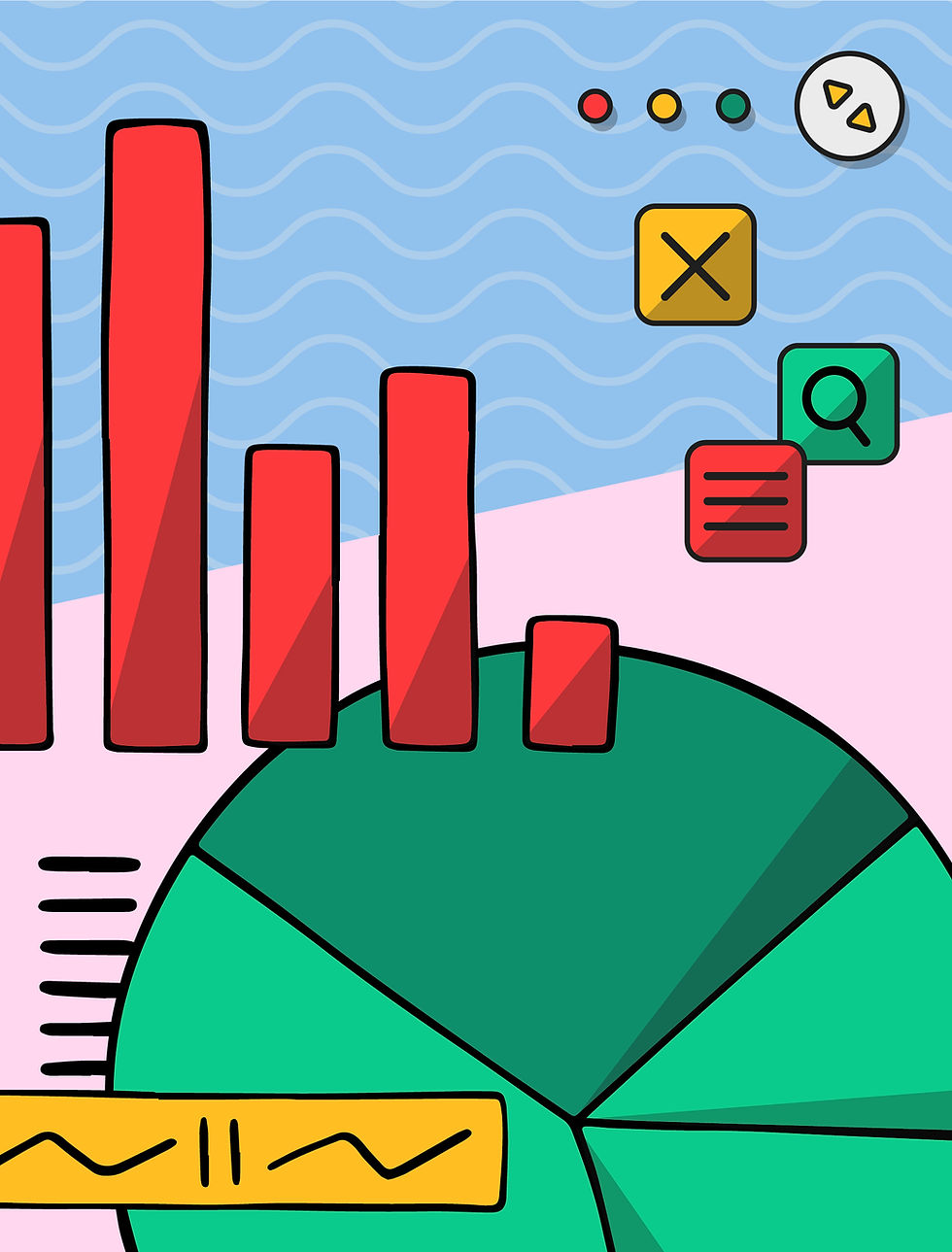Why Your Website Matters More Than Ever
Your website is the first impression most people will get of your business. It's also your hardest-working salesperson, operating 24/7. So when it’s clunky, unclear or simply outdated, you're leaving money on the table. In 2025, with more New Zealanders searching and buying online, having a smart, user-focused website isn’t a luxury. It’s essential.

1. Ignoring Mobile Users
Over 70% of NZ web traffic now comes from mobile. Yet many business websites still look great on desktop and break on a phone. One of our clients, Industry DJ School, saw a 200% increase in sales after we redesigned their mobile experience.
Fix it: Make sure your site is mobile responsive and easy to use with your thumb. This goes beyond resizing — it's about rethinking layout and flow for smaller screens.
2. No Clear Call to Action
If your homepage doesn’t guide visitors on what to do next, you're losing leads. Too many NZ websites bury their CTAs or scatter them across unrelated pages which is unfortunately, a very common website mistake.
Fix it: Every page should have a clear purpose and a single, strong call to action — from "Book a Free Consult" to "Shop Now".
3. Slow Load Times
A delay of even two seconds can cause visitors to bounce. Google's algorithm now prioritises performance, and Kiwi users expect speed.
Fix it: Compress images, reduce scripts, and host your site on a fast NZ server. Tools like Google PageSpeed Insights or GTmetrix will show you where the bottlenecks are.
4. Poor UX and Navigation
If visitors can’t figure out how to get to your pricing, services or contact details, they’ll leave. Many sites feel like they were built for the business owner, not the customer.
Fix it: Use user testing or heatmaps to see how real people interact with your site. Then simplify. Your navigation should be clear, minimal, and intuitive.
5. Outdated Design
If your website still looks like it was made in 2016, people will assume your business is stuck there too. First impressions count — and poor design erodes trust fast.
Fix it: Keep your design modern, on-brand and consistent with your visual identity. Invest in UI/UX, not just templates.
6. No SEO Strategy – a Common Website Mistake
A good-looking site means nothing if nobody sees it. Many New Zealand businesses forget to optimise their content, tags, and structure for search.
Fix it: Start with keyword research. We use tools like Google Keyword Planner and Google Trends to identify what your customers are searching for. From there, optimise pages with on-page SEO and build authority through backlinks.
7. Trying to Say Too Much
A cluttered homepage full of jargon and long-winded mission statements is a conversion killer. Most visitors decide if they'll stay on your site in the first 5 seconds.
Fix it: Lead with clarity. Say what you do, who it's for, and why it matters — fast. Use plain language, avoid waffle, and keep your core messages front and centre.
8. No Trust Signals
Would you buy from a site with no reviews, no photos, and no proof of success? Your customers won't either.
Fix it: Add testimonials, logos of brands you've worked with, case studies, and guarantees. For example, our SEO work with Chatty Chums helped position them as a trusted authority, resulting in their blog content outranking national publications.
9. DIY Platforms With No Strategy
DIY websites like Wix or Squarespace can look good on the surface. But behind the scenes, they often lack the SEO structure, conversion flow, and performance needed for serious growth.
Fix it: At minimum, bring in a strategist to map out your site's user journey and content structure. If your business is growing, move to a custom WordPress or Webflow build that scales with you.
10. No Ongoing Optimisation
Your website isn't a one-and-done project. It's a living, evolving tool that should change as your business does.
Fix it: Set up regular check-ins — monthly or quarterly — to review site performance, test new ideas, and refine based on data.
Ready to Upgrade Your Website?
The difference between a website that looks nice and one that actually drives business comes down to strategy. At TopTalent, we design for conversion, optimise for search, and build for growth. Want a second opinion on your current site? Let’s talk.

